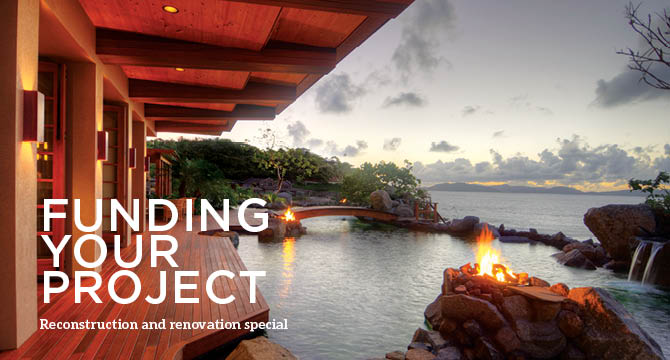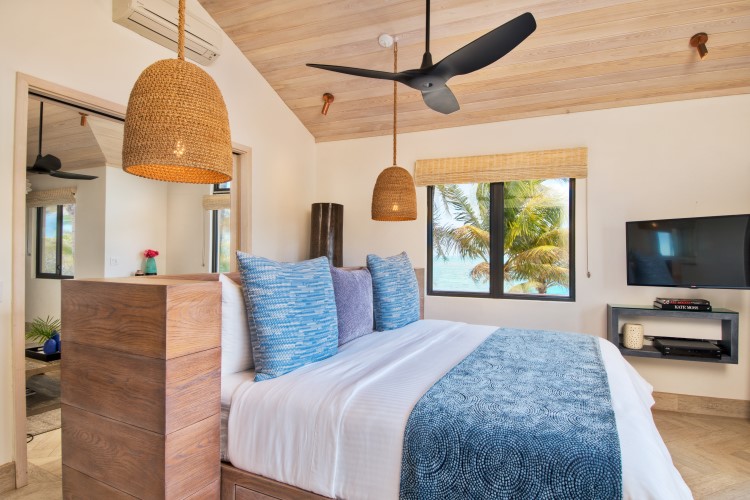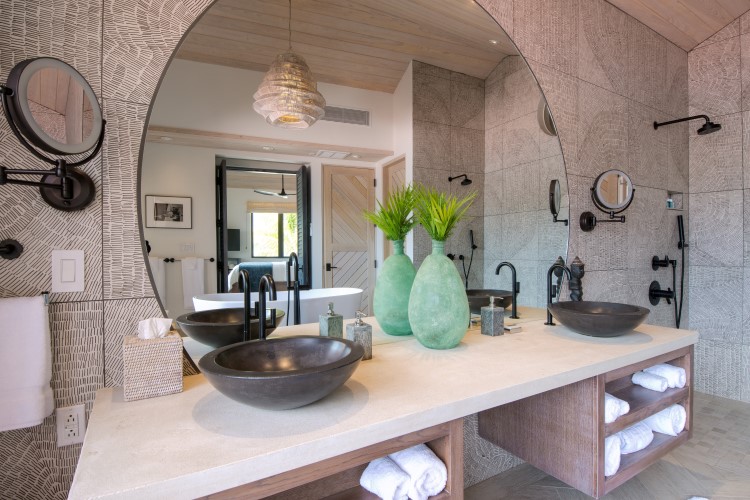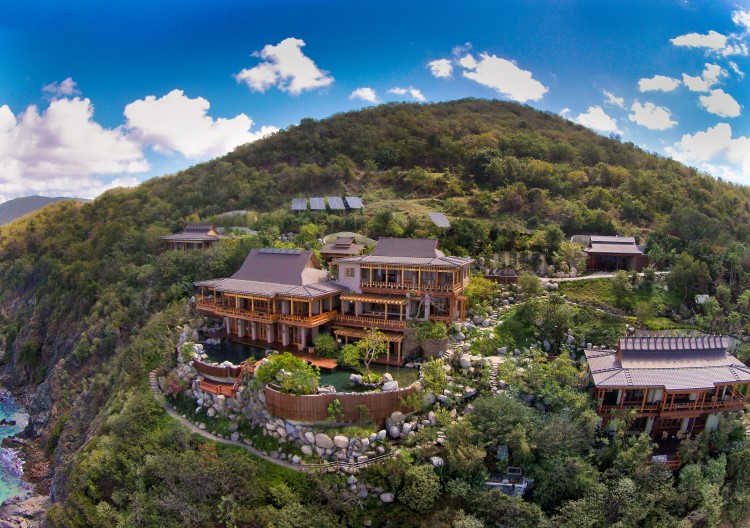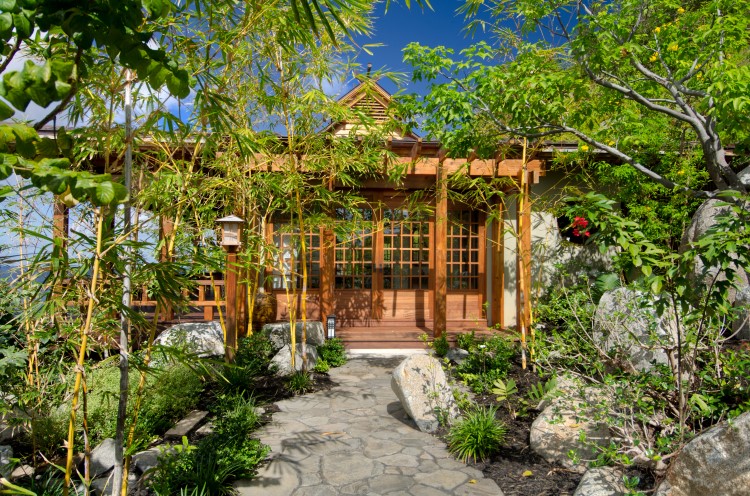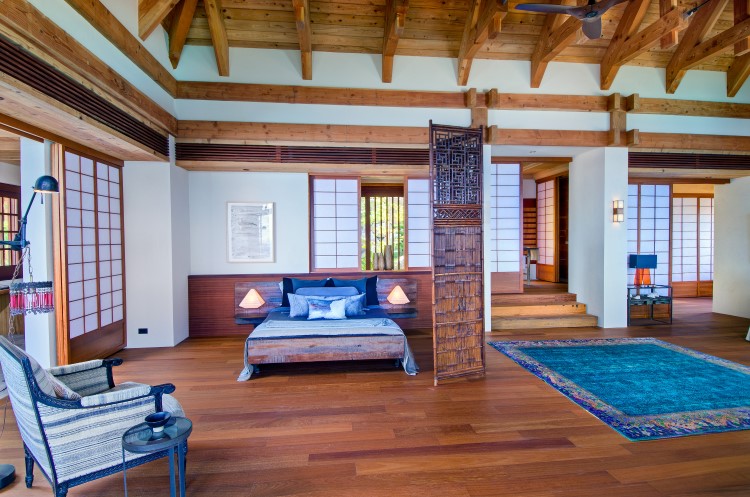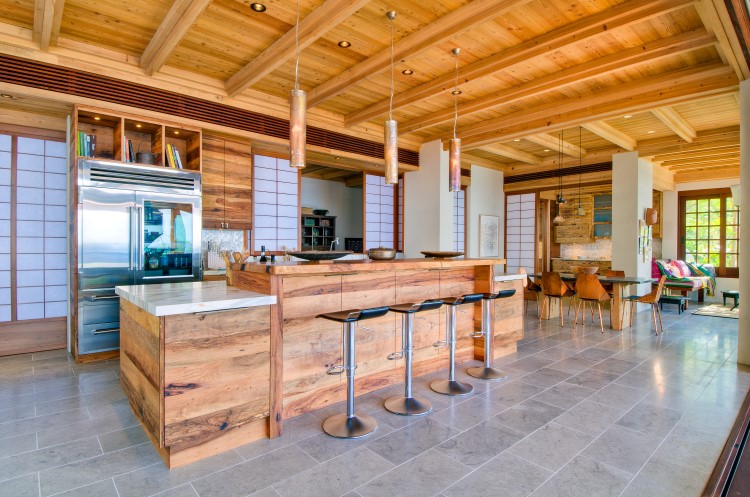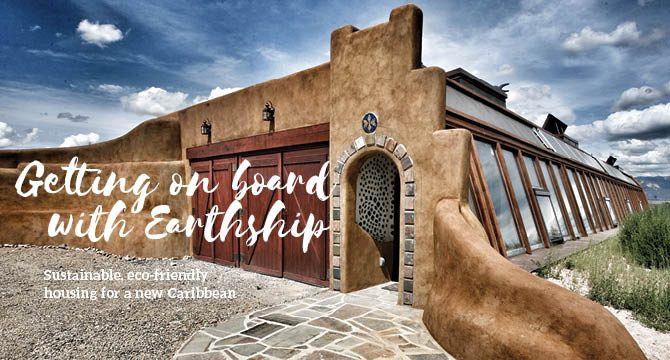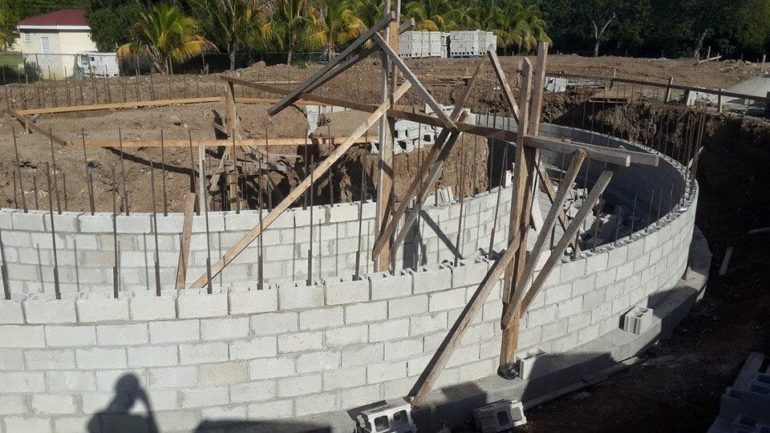Brought to you by VP Bank
Information provided by Sjoerd Koster, General Manager – VP Bank BVI Ltd.
Photography by Rainbow Visions BVI
Introduction
In order to obtain financing for a construction or renovation project, the first step is to form a clearly defined architectural plan on the proposed construction development and/or renovation project.
In order to create such detailed plans, you’ll have to engage with an architect, a project manager/quantity surveyor as well as a contractor. The architect will detail the plans on the basis of your requirements.
Once this is completed, the contractor can provide an estimate on the proposed cost of the development. We recommend obtaining at least three independent quotations for comparing construction proposals.
Once you have this information, you can sit down with the bank to discuss the financing requirements.
It’s important to meet with your financing bank at an early stage so that you’re aware of all requirements.
Once the project has started, stay within your intended project budget. It’s often tempting to change the designs and plans, however any changes to the original plans will incur additional costs. It’s therefore significant to have your plans as well as budget clearly defined at the start. This allows you to avoid either disappointment in development time or costs associated with your new home.
There are in total six licensed banks in the British Virgin Islands.
Not all banks offer the same options for financing. Some will have specific requirements whether related to financing of condominiums, construction financing versus the purchase of a home, owner occupied versus rental properties, and holiday home versus residential home.
Therefore, it’s important to verify what kind of financing options the bank you desire to work with offers. Some known banks actively involved in real estate construction financing are Banco Popular, FCIB, and VP Bank.
Application forms and documents for financing
A typical review for construction financing will include the following:
- A Personal Financial Statement (PFS) to be completed. This will include information on both personal income from employment or business, savings accounts, investments, properties owned, and other debt for either mortgages or credit facilities
- The items listed in the PFS will require supporting documents for income, rental income, liquid asset and securities listed. This will typically include a confirmation of salary, a statement of bank account not older than three months, and a confirmation on other loans and debt. If you are a business owner, the bank will usually request confirmation on assigned salary/shareholding/dividends payable, or bonus eligibility for the business
- A ‘Short Vitae’ or CV with the background of the borrower to understand their background and business activities
- If the financing request is for a construction loan, the bank will require an appraisal report for land and when ready, architectural plans with value upon completion (from an appraiser in the
- BVI)
- For foreign investors, the bank will require a certified copy of the Non-Belonger Landholder’s license (application is on condition of land purchase) and if the property will be rented out, the bank will require a confirmation of the trade license and expected forecast on rental income if this is to be considered for the repayment of the loan
Checklist for Financing
To confirm your financial position:
- Personal Financial Statement (PFS) for the applicant
- Supporting documents of income and assets listed on the PFS
- Tax returns for two years (if applicable)
- Short curriculum vitae of borrower
For the details of the construction development:
- Updated appraisal report for the proposed security of the land
- Copy of deed/Certificate of Title
- Land holders license (if applicable)
- Valuation upon completion of the proposed home
- Architectural plans
- Approved building plans
- Contractor’s estimate and agreement
- Builder’s permit and builder’s risk insurance
Financing Options
The standard financing option for a home development in the BVI is a ‘construction loan product.’
This is a loan whereby you will use the equity of the land purchase to develop your new home.
Before you start, create a budget as well as plans on what your requirements are with regards to your home development or refurbishments.
On the basis of your requirement, the architect will be able to prepare the required drawings. The contractor will prepare a detailed construction contract outlining the various phases of development to be completed.
A quantity surveyor will determine the various stages of completion and will create a value upon completion as well as a ‘draw-down’ schedule. This will confirm the percentage of completion against the available budget and construction loan.
Once a construction phase has been completed (i.e. cistern, first floor, etc.) a payment request is made to the bank. The bank will verify the completion and confirm payment to the contractor. The typical development time for a home is around 18 months. During this period, the construction loan increases in size and is charged interest.
Once the home is completed, a professional valuation is done to confirm the earlier prepared ‘valuation upon completion.’ At this stage, the construction loan is converted to an amortised loan whereby you will start repaying on a monthly basis both interest as well as capital for a defined period of time. Typically, this is up to 20 years on an interest rate which is either variable or fixed depending on the agreed terms.
TOP TIPS
- Arrange your team of professionals for your project before you start. The team will typically consist of a realtor, legal counsel, architect, contractor, quantity surveyor and most importantly, your banker.
- Prepare the financing requirements ahead of time so that you’re aware of your available budget when you start your home design.
- Prepare all the detailed construction plans and obtain the required valuations.
- If you’re unable to regularly visit the construction site, allow for regular updates from your architect as well as contractor to make sure the home is developed according to your expectations.
- Allow for additional funds to complete your home. These typically include landscaping, furniture, and perhaps other unforeseen expenditure in interior design.
[ts_fab]
